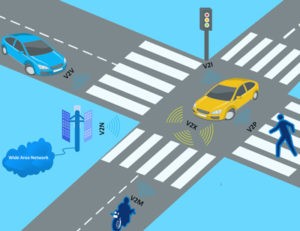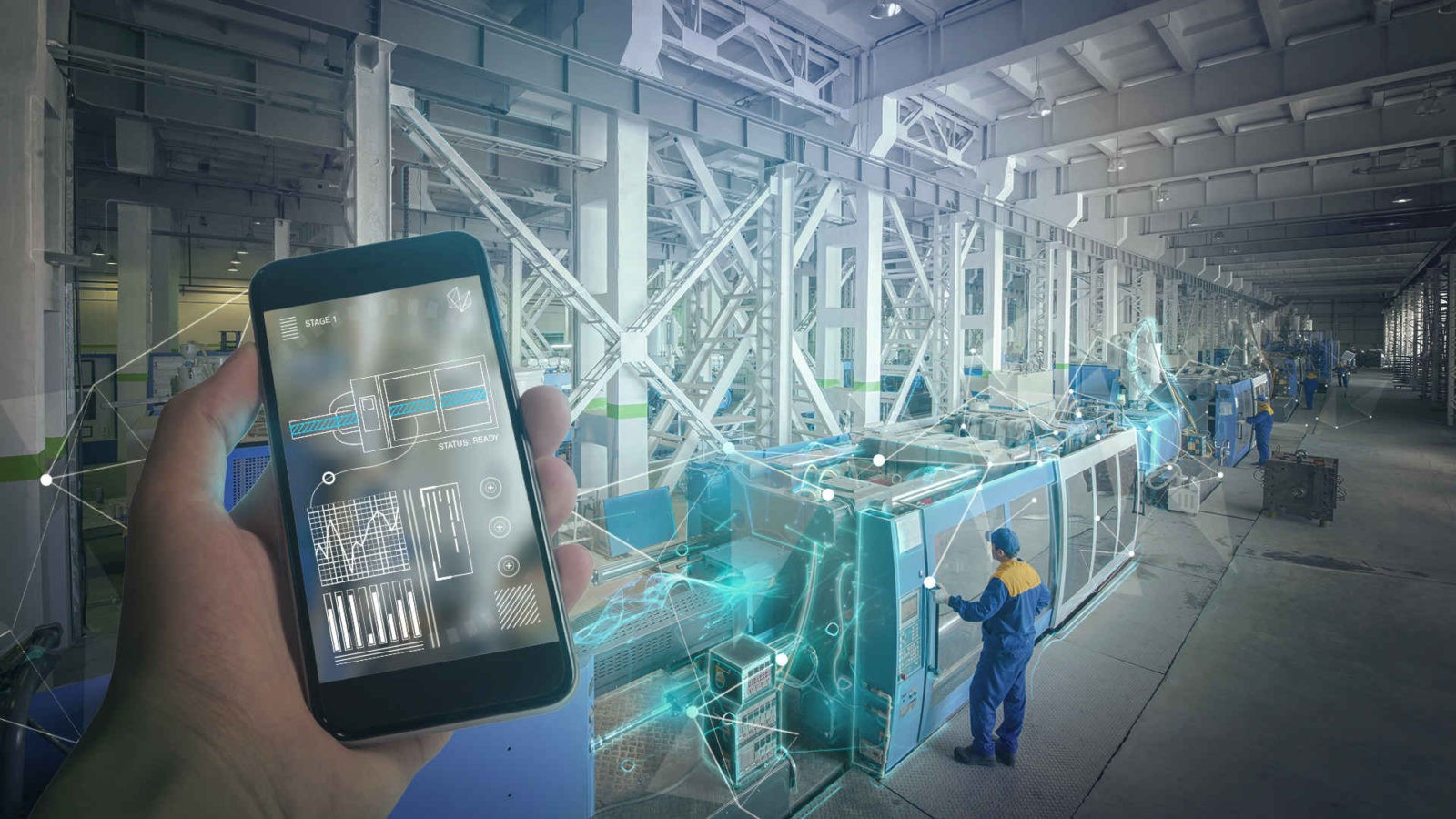Introduction
5G will become a powerful technological platform inspiring many new applications, new business models and even new industries.
5G is coming, so what are the use cases for 5G for enterprise? Some organizations need 5G more quickly than many Mobile Network Operator (MNO) can deliver it.
Top Use Cases for 5G
1. Broadband and media everywhere
The 5G will enhance mobile computing performance with high-speed, always-on, always-connected internet links with real-time responsiveness. The goal is to reach up to 20 Gb/s peak throughput and 1 Gb/s throughput in high mobility. This will improve the enhanced mobile broadband use cases.
2. Cloud Virtual and Augmented Reality
5G will make AR/VR uses cases real by creating applications that will change our daily lives. It will enable cloud VR, graphics rendering will be moved to the cloud and VR devices will turn from wired to wireless while becoming lighter, and more easily available.
5G will provide several-hundred Mbps data rates and millisecond-level latency that cloud VR requires.
 3. Connected Automotive
3. Connected Automotive
5G can ensure under 10ms network latency for V2X and reliable connection for high-mobility scenarios.
So 5G can be used as a unified vehicle connection technology, vehicle sharing, ultra-low latency platooning, high speed teleoperated driving and autonomous driving will all soon be a reality.

V2X
3. Controls and Automation
5G allows for remote control of heavy machinery. This will increase efficiency and reduced cost or risk reduction in hazardous environments. Industrial digitalization with 5G opens new opportunities for new revenue streams.
4. Fixed Wireless Access
Enterprises are turning to private fixed wireless access as another solution for campuses that need huge 5G connectivity right away for the maximum benefits in mobility, efficiency, and performance it brings.
5. Critical services and infrastructure control
5G brings high reliability and low latency required to control critical services and infrastructure. This unlocks new opportunities for public safety, government, city management, and utility companies.
6. Smart Manufacturing
In the 5G era, operators can use 5G network slicing and mobile edge computing to provide various value-added services for the manufacturing industry.
Operators will also be able to offer solutions that cover the supply chain and the entire product life cycle. It can satisfy numerous demands posed by robot control and many other applications.

Smart-manufacturing-Industry
7. Connected Energy
The feeder automation system integrates new energy into power grids, mobile operators and energy providers can cooperate for mutual benefits.
5G can supply connections for feeder automation. Compared to fiber optic cables, 5G networks are easier to deploy and more flexible as it offers reliable dedicated network slices for feeder automation and this allows the automation system to isolate the fault area within 100ms, enabling faster and more accurate power grid control.
8. Healthcare
Populations are rapidly increasing over the world, with 5G wireless eHealth, medical assistance is available anytime and anywhere. Tactile Internet in particular features 5G technologies to deliver 5ms network latency and this offers doctors and surgeons excellent control of medical robotics.
So Remote diagnosis and remote surgery will soon be made possible.
9. Connected Drones
Drones are now well-established delivery platforms for a diverse set of commercial government and consumer applications including inspection, security, and 24/7 automated flights.
5G can deliver up to several hundred Mbps data rate supporting professional inspection and various detection devices.
Conclusion
5G will enable the industrial revolution. So it’s clear that 5G will be more or a lot more than mobility services and when talking about enterprise customers, 5G will play a crucial role from the productivity gains, operational efficiency and process automation especially for an industry like smart factory and car manufacturing.
In order for 5G to change the workplace, digital transformation leaders must first have a plan to harness the new capabilities.













